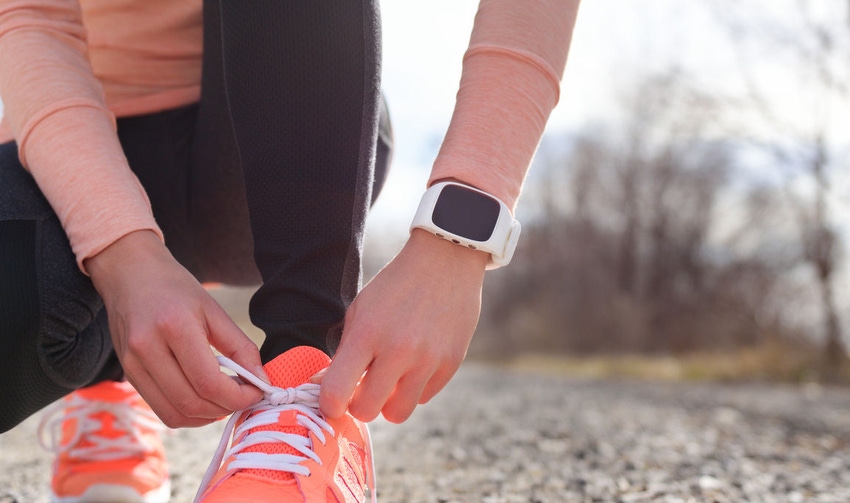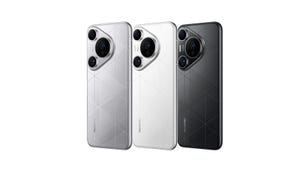The latest global wearables market data from Strategy Analytics reveals that Apple now heads the whole sector despite its products being by far the most expensive.
May 5, 2017

The latest global wearables market data from Strategy Analytics reveals that Apple now heads the whole sector despite its products being by far the most expensive.
The wearables segment can be loosely divided into fitness bands – relatively cheap devices with limited functionality – and smart watches – more expensive with full operating systems supporting third party apps. Apple only operates in the latter and while Apple Watch shipments improved significantly from a year ago, fitness bands seem to be in severe decline.
The traditionally dominant fitness band vendor is Fitbit, but its fell by over a third year-on-year while Apple’s grew by more than 50%. Since fitness tracking is one of the key functionalities of smart watches it’s not surprising to see an inversely proportional relationship between the two categories. A similar phenomenon occurred with the smartphone rendering single function devices such as digital cameras and satnavs obsolete.
“Fitbit has lost its wearables leadership to Apple, due to slowing demand for its fitness bands and a late entry to the emerging smartwatch market,” said Cliff Raskind of SA. “Fitbit’s shipments, revenue, pricing and profit are all shrinking at the moment and the company has a major fight on its hands to recover this year.”
“The new Apple Watch Series 2 is selling relatively well in the US, UK and elsewhere, due to enhanced styling, intensive marketing and a good retail presence,” said Neil Mawston of SA. “Xiaomi shipped 3.4 million wearables for 15 percent marketshare worldwide in Q1 2017. Demand for its popular Mi Band fitness range was broadly flat across its core markets of Asia.”
Apple seems to be starting to corner the smart watch market, with Android players such as Samsung apparently struggling to get any traction. It’s still far from obvious how much value a smart watch adds, especially as it has to be coupled with a smartphone anyway, but 3.5 million people apparently thought differently in the first quarter of this year. It could be that Apple’s decision to focus as much on the straps as the watch itself is paying dividends among its self-conscious fan-base.
Global Wearables Vendor Shipments (Millions of Units) | Q1 ’16 | Q1 ’17 |
Apple | 2.2 | 3.5 |
Xiaomi | 3.8 | 3.4 |
Fitbit | 4.5 | 2.9 |
Others | 7.7 | 12.2 |
Total | 18.2 | 22.0 |
Global Wearables Vendor Marketshare % | Q1 ’16 | Q1 ’17 |
Apple | 12.1% | 15.9% |
Xiaomi | 20.9% | 15.5% |
Fitbit | 24.7% | 13.2% |
Others | 42.3% | 55.5% |
Total | 100.0% | 100.0% |
Total Growth YoY (%) | 74% | 21% |
Source: Strategy Analytics |
About the Author(s)
You May Also Like








.png?width=300&auto=webp&quality=80&disable=upscale)


_1.jpg?width=300&auto=webp&quality=80&disable=upscale)


.png?width=800&auto=webp&quality=80&disable=upscale)